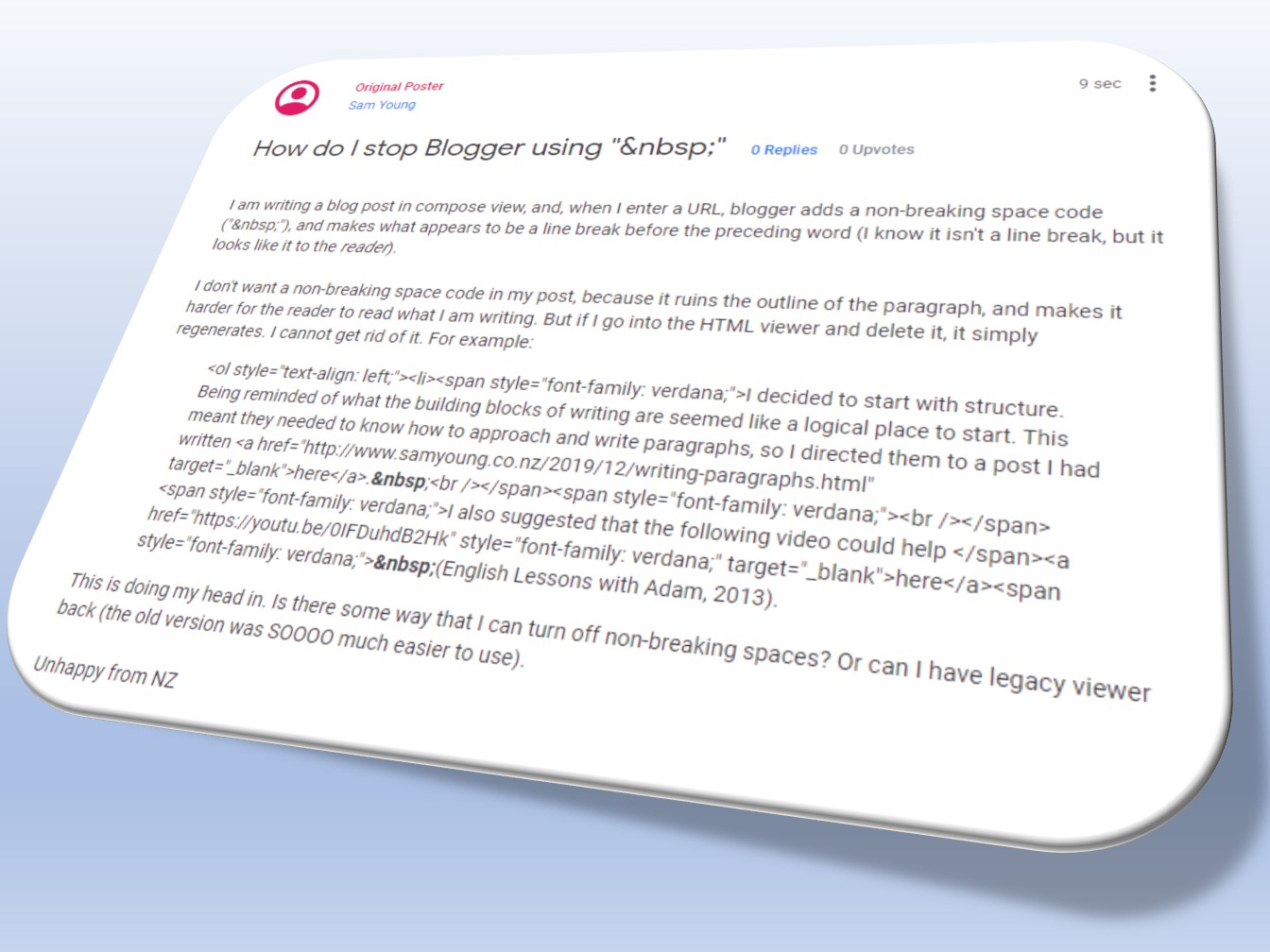

It is rare for national or international standards on keyboard layouts to define an input method for the non-breaking space. The Byte Order Mark, U+FEFF, officially named “ZERO WIDTH NO-BREAK SPACE”, can also be used with the same meaning as the word joiner, but in current documents this use is deprecated.The word-joiner does not normally produce any space but prohibits a line break on either side of it. Word joiner, encoded in Unicode 3.2 and above as U+2060 and HTML as .This is required for French punctuation (before ?, ! or ). No-break thin space, known in Unicode as “NARROW NO-BREAK SPACE” (U+202F).

Unicode defines several other non-break space characters that differ from the regular space in width: Can be encoded by UTF-8 as 0xC2 0xA0.ĬP1252 (Windows default in most countries using Germanic or Romance languages)

The non-breaking space works well for template documents that are used multiple times, making them quicker and easier to fill in. When the cursor touches the hard space the formatting will change automatically to the second format. First type text using the first format, then change the formatting as desired, insert the hard space by using cntrl+shift+space bar (in Word). For instance "recipe for: SOURDOUGH" can be set up to change font, point size, color, etc., anywhere on the line. This is useful for things like class plans and recipe files where the description of a cell or line may be different from the actual text or title. Non-breaking space can also be used to automatically change formatting in a document. If ordinary spaces are used instead then the spaces are collapsed when the HTML is rendered and the layout is broken: (note that the use of the pre tag, the whitespace:pre CSS rule, or a table are alternative, if not better, ways to achieve the same result in HTML) For example, in HTML, non-breaking spaces may be used in conjunction with a fixed-width font to create tabular alignment (courier new font family used): In contrast, non-breaking spaces are not merged with neighboring whitespace characters, and can therefore be used by an author to insert additional visible space in the formatted text. Such “collapsing” of white-space allows the author to neatly arrange the source text using line breaks, indentation and other forms of spacing without affecting the final typeset result. Use as non-collapsing white-spaceĪ second common application of non-breaking spaces is in plain text file formats such as SGML, HTML, TeX, and LaTeX, which sometimes treat sequences of whitespace characters (space, newline, tab, form feed, etc.) as if they were a single white-space character. This guarantees that the text “100 km” will not be broken: if it does not fit at the end of a line it is moved in its entirety to the next line. To avoid this undesirable behaviour, the editor may choose to use a non-breaking space between “100” and “km”.
#Word non breaking space broken software#
For example, if the text “100 km” will not quite fit at the end of a line, the software may insert a line break between “100” and “km”. Text-processing software typically assumes that an automatic line break may be inserted anywhere a space character occurs a non-breaking space prevents this from happening (provided the software recognizes the character).


 0 kommentar(er)
0 kommentar(er)
